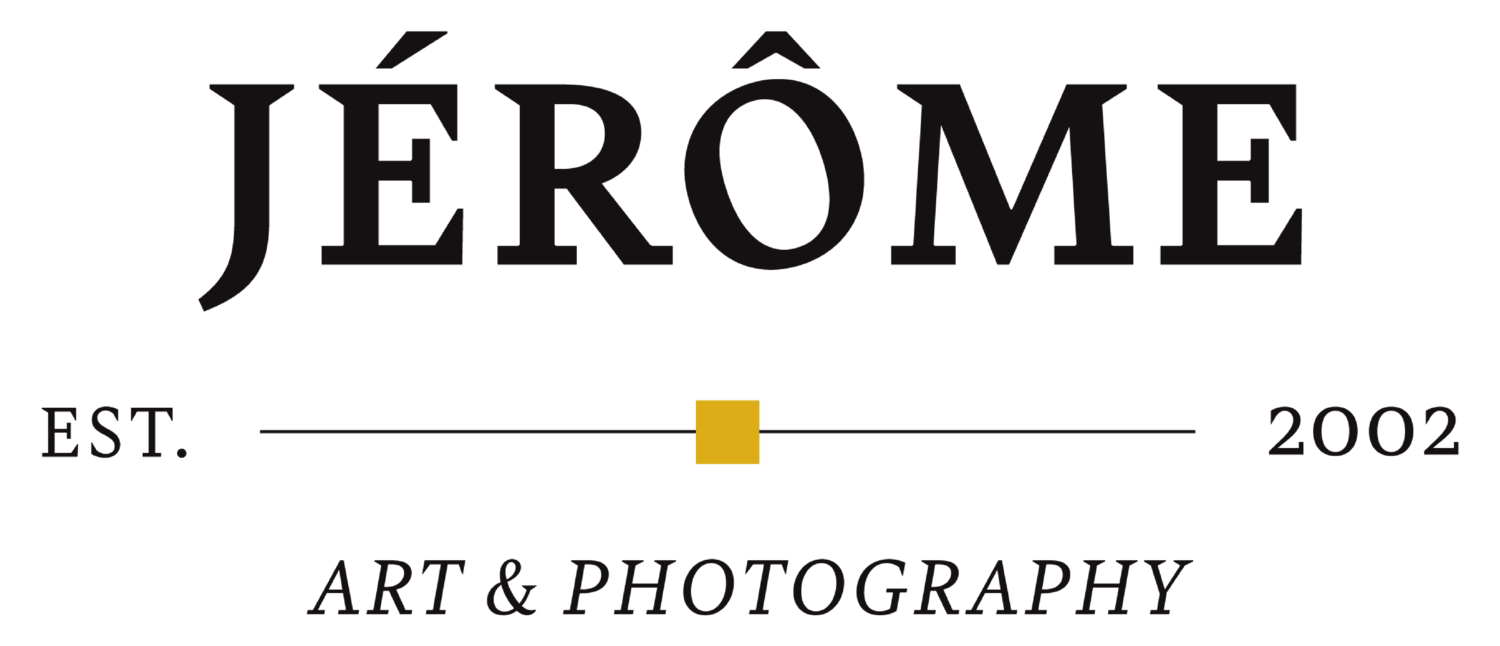A Portrait Is Not Just a Picture
Why Most Portraits Feel the Same—And What We’re Missing
By aligning with our higher self through the experience of being truly seen, I create work so personal and powerful, it transforms how people see themselves—and how they are remembered. In doing so, I aim to restore portraiture to its rightful place: as a form of legacy, reverence, and art.
Jessica & Robert - Photograph by Jérôme Scullino
Let’s be honest—portrait photography today is mostly used as a tool of documentation.
It captures birthdays, milestones, graduations, and family groupings—moments meant to be remembered. We value it because it freezes time. In that sense, it does its job. But there’s a hidden danger in this: over time, even our most meaningful portraits start to look alike.
There’s a formula.
A look.
A laugh.
A perfectly lit smile.
And if we’re being honest—most of them blur together.
Even in the studio, most photographers work hard to re-create what the iPhone already does so well: spontaneous joy, laughter, connection. They manufacture these moments with humor, high energy, and friendliness. It works. The pictures feel familiar. They’re instantly likable.
But they rarely go deeper.
We’ve come to expect only one side of ourselves in photographs—the happy, likable, crowd-pleasing version. And in doing so, we lose something profound: our stillness. Our strength. Our essence.
Robert Battle - Photograph by Jérôme Scullino
I believe the true power of portraiture doesn’t come from documentation—it comes from devotion.
From the space we hold.
From the way we allow someone to be seen not just as they appear, but as they are.
Because legacy isn’t made from perfect smiles.
It’s made from presence.
It’s made from the quiet dignity of being seen.
Not once. Not fleetingly. But fully.
That’s why a portrait, for me, is never just a picture or a smile. It’s a reflection of self-acceptance—a powerful reminder that, in the absence of judgment, we are beautiful.


